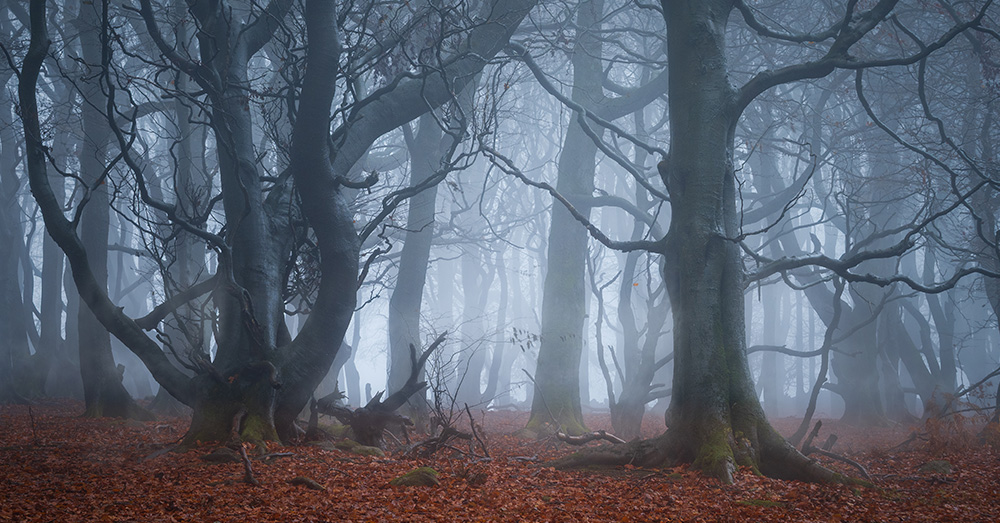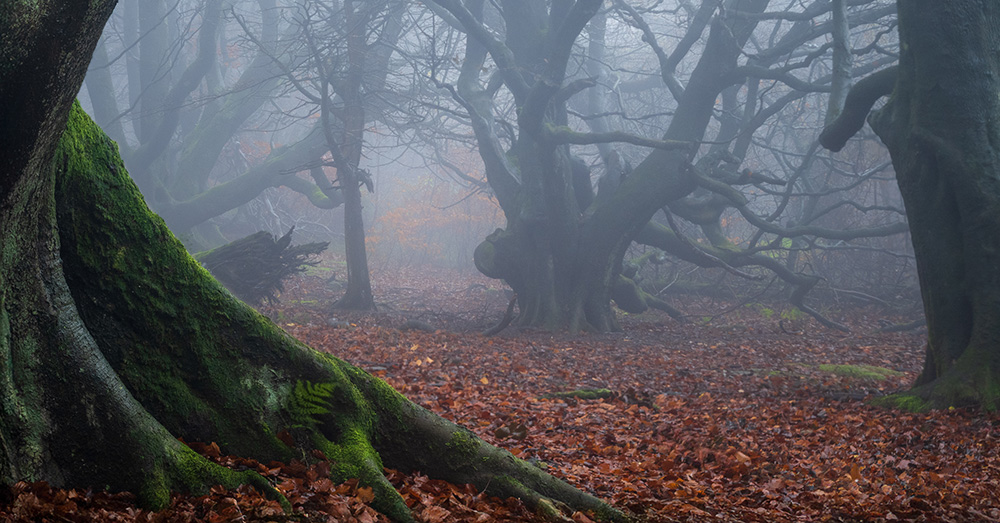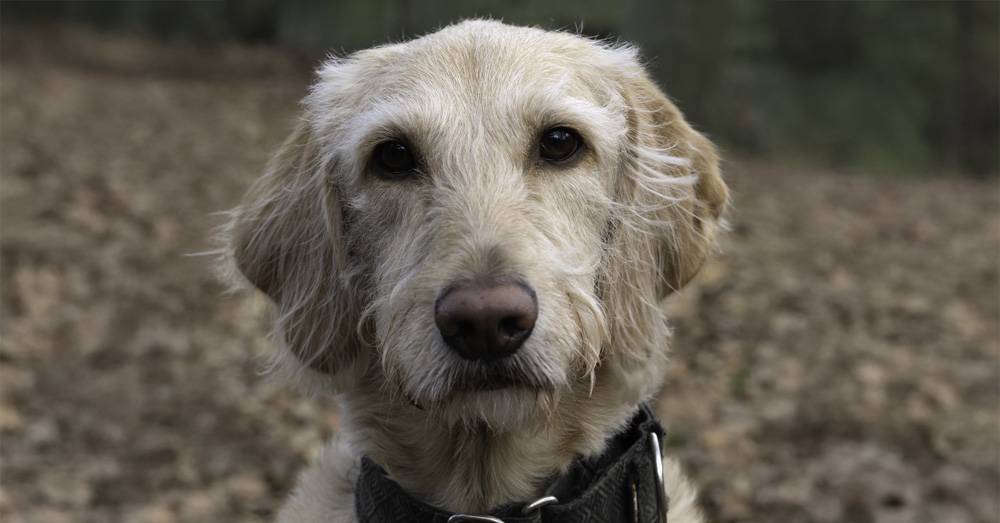100 Free Textures to Elevate Your Creative Photography
December 14th, 2025If you’ve ever looked at a photo you took and felt like something was missing—but you didn’t want to rely on AI image generation to fix it—textures might be exactly what you’re looking for.
To help photographers experiment more creatively, I’m giving away 100 high‑quality texture images completely free. Just download the ZIP file and start creating.
Why Use Textures in Photography?
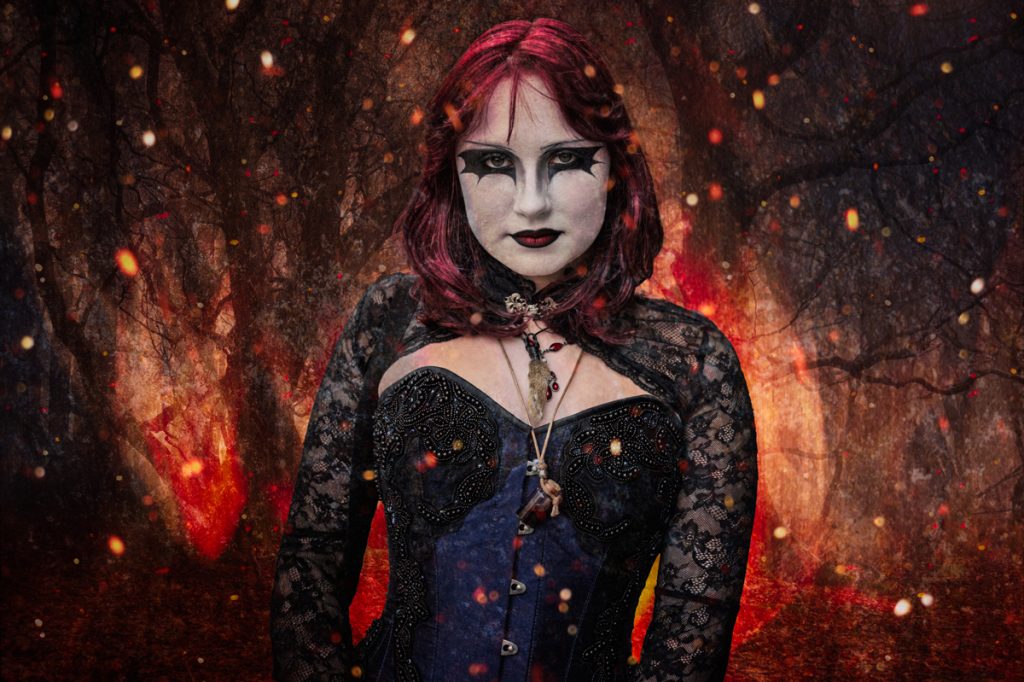
Textures are one of the most powerful (and underrated) tools in creative photography. When used as backgrounds or layered over existing images, they can add:
- Depth and atmosphere
- Visual interest and imperfection
- A tactile, organic feel
- Mood and storytelling elements
By blending textures with your photos, you can turn an average image into something far more expressive and artistic—while still keeping your work rooted in real photography.
For many creatives, this is also a great alternative to AI image generation. Instead of replacing or inventing parts of an image, textures enhance what’s already there, keeping your creative process hands‑on and intentional.
What’s Included in the Free Texture Pack
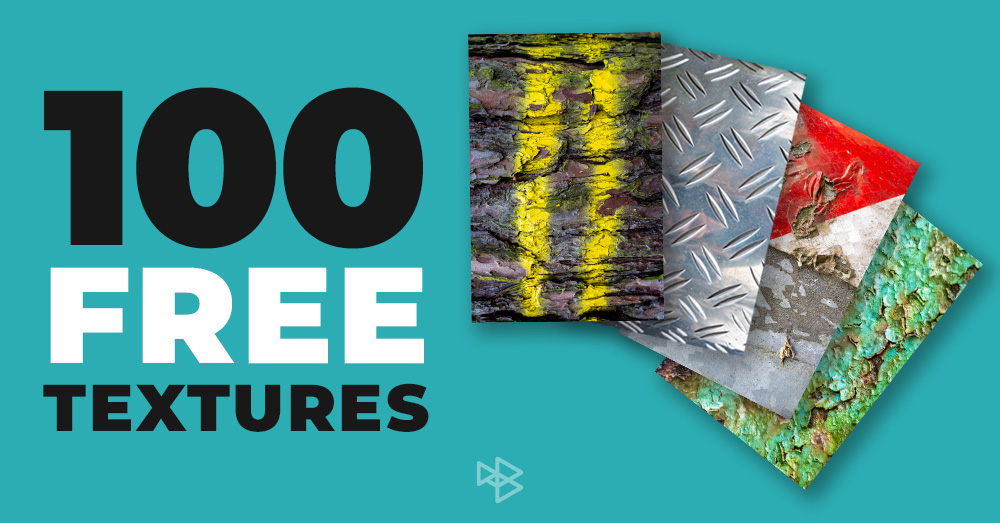
This free pack contains 100 high‑resolution texture images, carefully selected to give you a wide range of creative options.
You’ll find textures such as:
- Stone and concrete
- Wood and natural surfaces
- Metal and industrial textures
- Fabrics and soft materials
- Subtle abstract and distressed surfaces
These textures work beautifully as:
- Backgrounds for portraits or still life photography
- Overlays to add grit, softness, or atmosphere
- Elements in multi‑layered, fine‑art style edits
All you need to do is download the ZIP file and start experimenting
How to Use Textures in Photoshop
This blog post accompanies my YouTube video, Using Textures In Creative Photography, where I walk through the process step by step.
In the video, I show you how to:
- Import texture images into Photoshop
- Stack textures using layers
- Experiment with layer blend modes
- Fine‑tune the effect using opacity settings
- Combine multiple textures for a richer, more artistic result
Once you understand these basics, the creative possibilities open up fast. A single texture can subtly enhance a photo—or completely transform it, depending on how boldly you use it.
Perfect for Experimentation and Personal Style
Textures are incredibly flexible. You can use them subtly for a barely‑there filmic feel, or push them hard for dramatic, painterly results. Because they’re real photographic textures, they blend naturally with your images and help you develop a more personal, hands‑on editing style.
Whether you shoot portraits, landscapes, street photography, or fine art, textures can become a signature part of your visual language.
Download the Free Texture Pack
The entire pack of 100 textures is completely free. Simply download the ZIP file, extract it, and start experimenting in your own work. Use them, remix them, layer them—there are no creative limits. Have fun!
